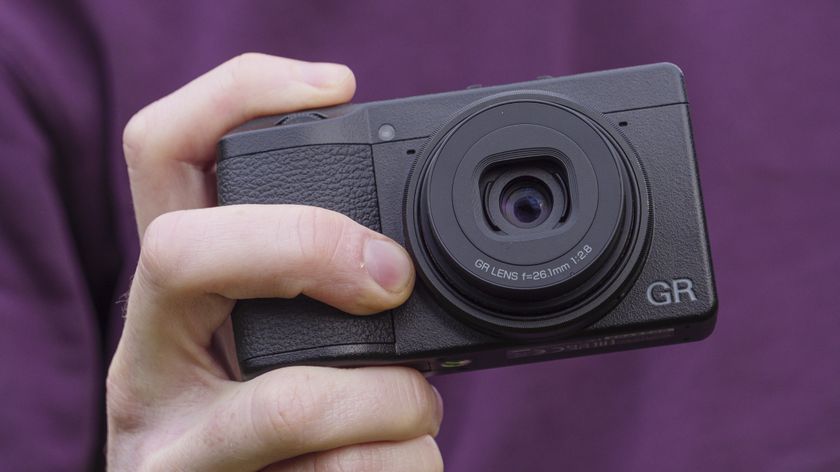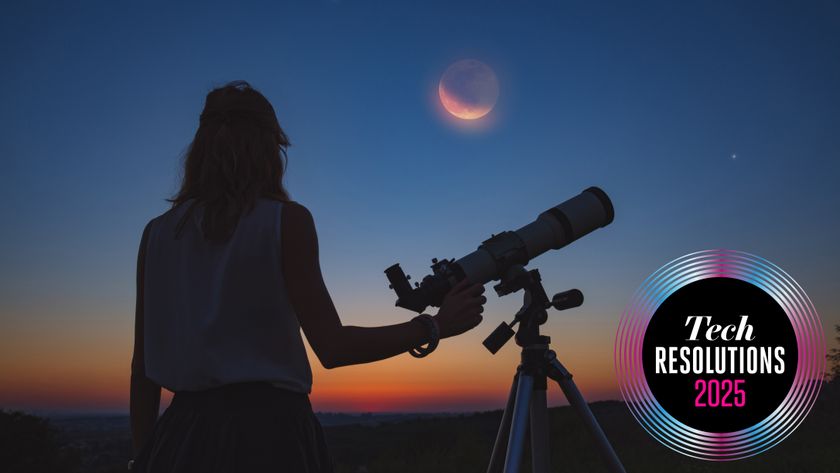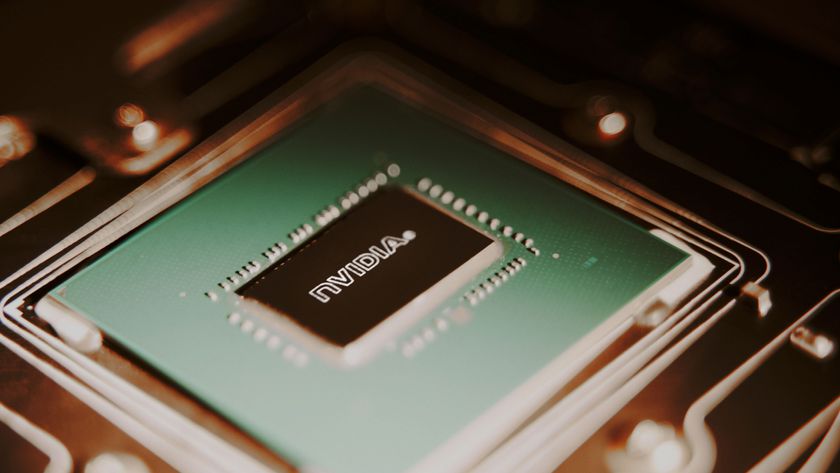14 photo editing tips and tricks every landscape photographer must know
The best tips for landscape photography
Essential photo editing tricks for landscapes: 09 How to use focus stacking

Pro photographer Jason Theaker says
Focus stacking is used to gain the maximum depth of sharpness by stitching, or 'stacking', several differently focused images together.
It's often used in macro and night photography where you're forced into wider apertures in order to prevent underexposure.
The resulting outcome is a shallow depth of field, which is often undesirable in landscape photography.
I used focus stacking in the image below for a couple of reasons. First, the flowers were only a few centimetres from the camera, and even using a generous depth of field, I couldn't get both the cliffs and flowers in focus, so I focused first on the cliffs.
Second, the exposure was 30 secs and the wind made the flowers blur. I needed a sharp foreground, so I removed the ND filter to take the first image, and then refocused on the flowers for the second.
I processed the first image in Camera Raw - and mainly worked on colour correction, Curves and balancing the exposure using the Graduated Filter tool.
Get daily insight, inspiration and deals in your inbox
Sign up for breaking news, reviews, opinion, top tech deals, and more.
I cropped some of the sky to strengthen the composition and removed a few dust spots. I then copied the Raw settings to the second close-focused image and placed them into two layers in Photoshop, where I used a Layer Mask to blend them.
This was challenging due to varying exposure lengths, where I had to blend the sharp and soft carefully together. It involved choosing which individual flowers would be sharp and which would be soft.
Each image is different, and requires careful consideration. Some are simple, and using the Gradient tool on a Layer Mask will do, but often choosing specific areas to edit works best.
The resulting image is sharp from front to back, and uses the process to overcome the technical limitations of our current cameras.
Most Popular







